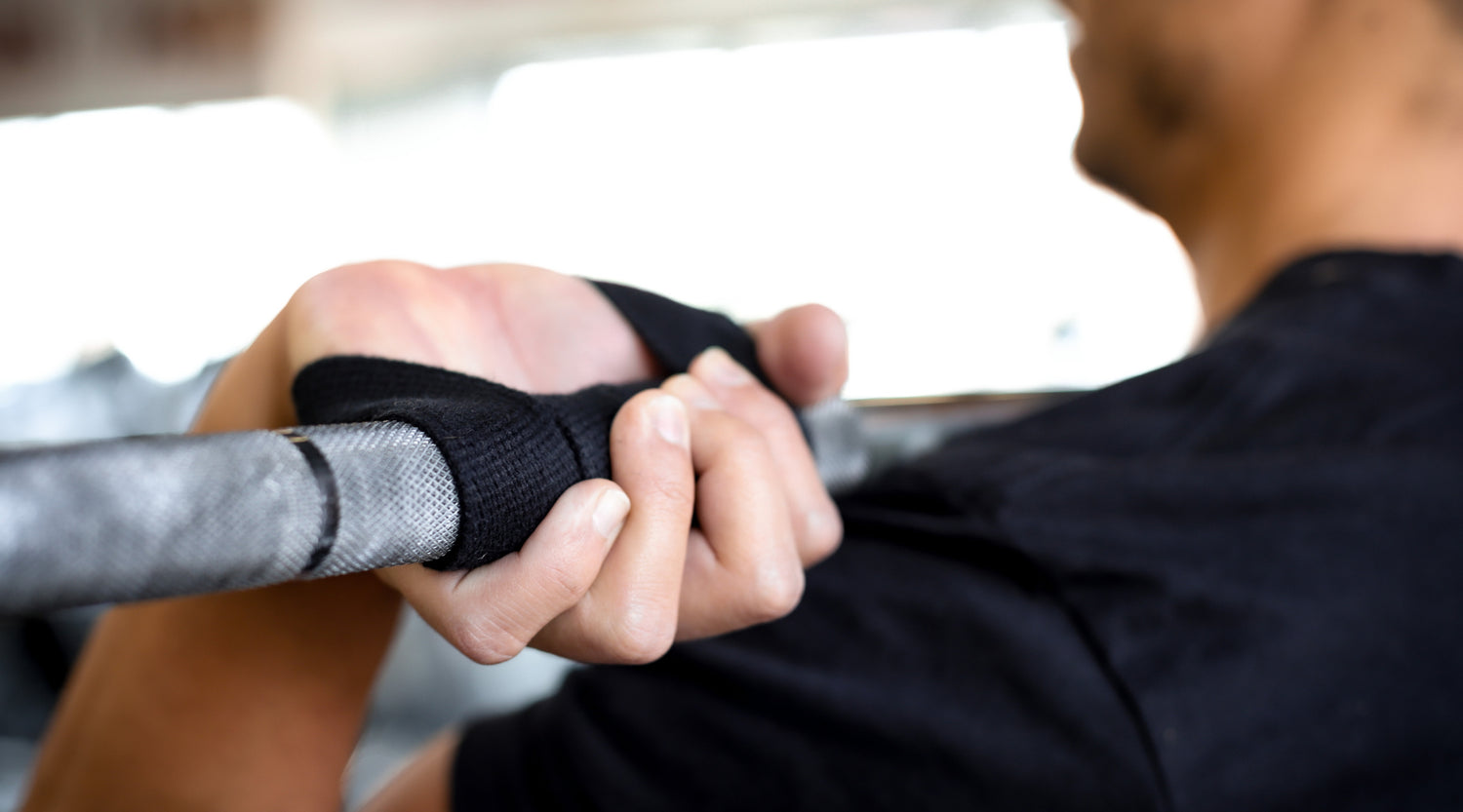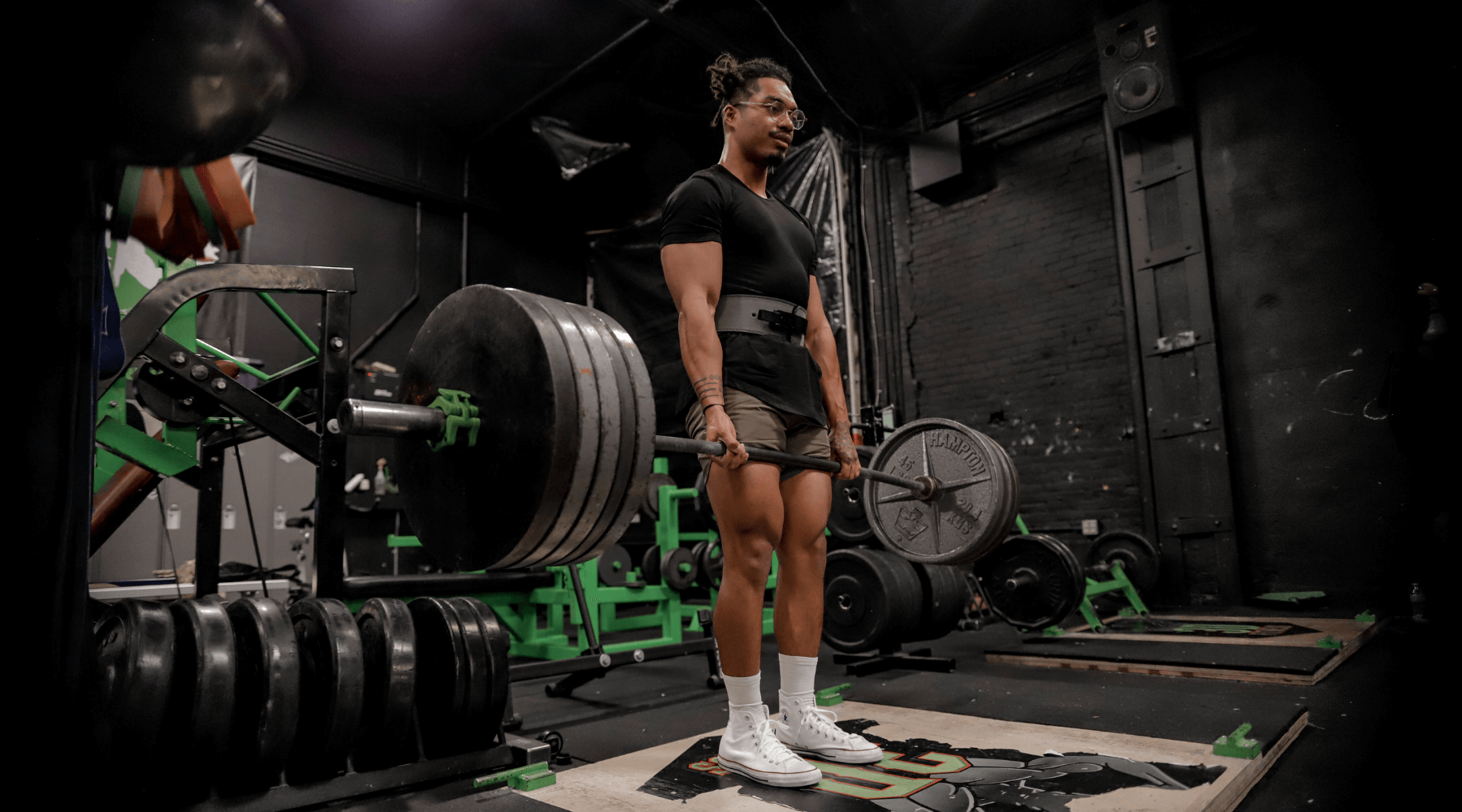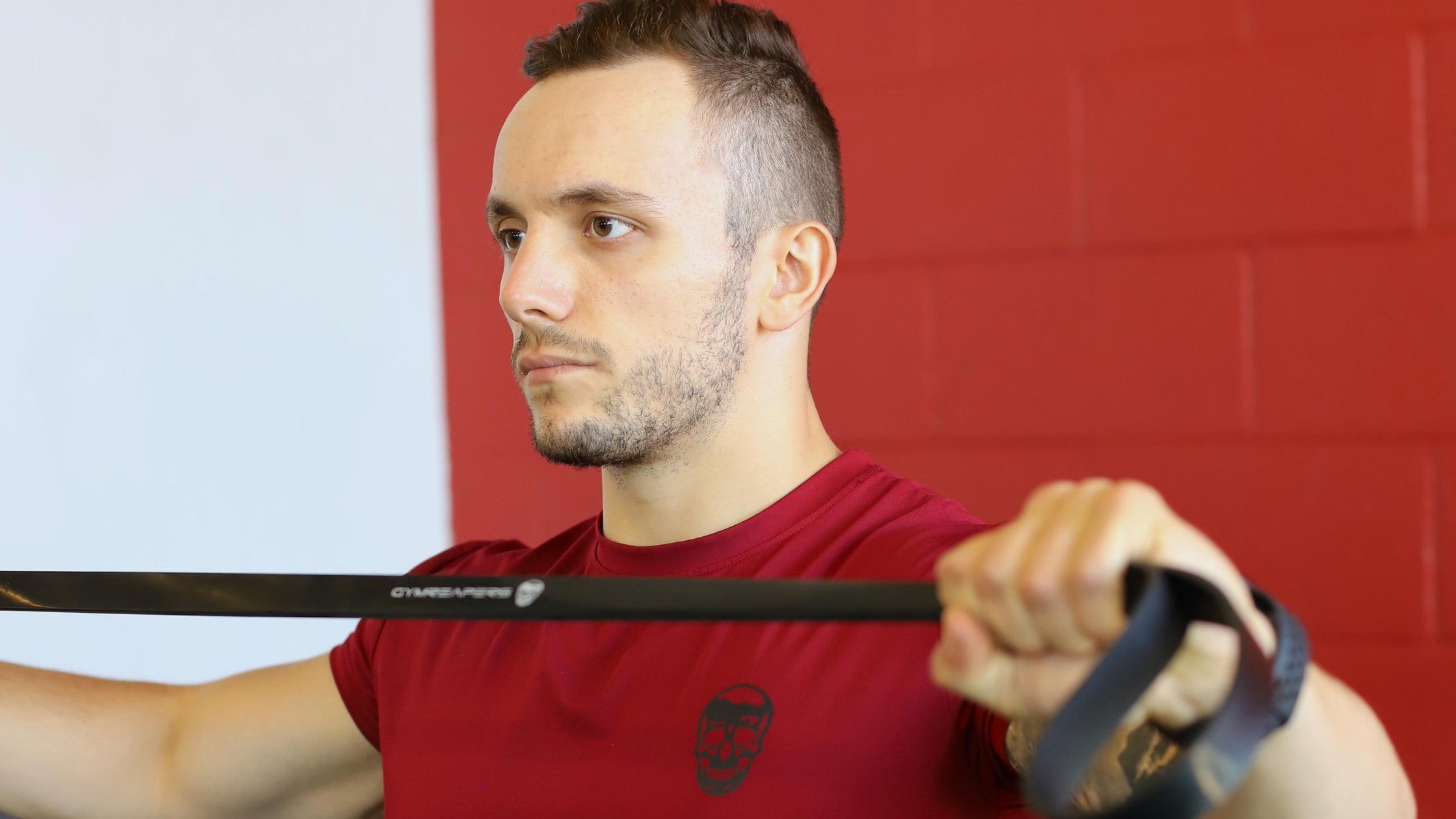So you’ve been looking at lifting straps? With so many options (and names) on the market, how do you decide which option is best?
One popular kind of lifting strap that has many names, such as Olympic lifting straps, closed-loop lifting strap, and single-loop lifting strap is best used for Olympic lifts. For clarification, Olympic lifts typically involve the quick movements and release of the barbell.
For the purpose of this article, we will mainly focus on the name Olympic lifting straps.
What is Olympic lifting anyway? Sometimes referred to as Olympic weightlifting or Olympic-style weightlifting, it’s a popular sport that involves lifting a loaded barbell into a snatch, as well as a clean and jerk movement. The two lifts have been distinct motions, which we cover in more detail a little later in this article.
The origin of Olympic weightlifting can be linked back to the ancient Greeks as far back as 1896, with the start of the modern Olympic games. As we mentioned before, the two lifts that make up Olympic weightlifting are the snatch and the clean and jerk, where the winner is proclaimed based on the highest (combined) amount of weight lifted.
In this article, we’ll explore the two lifts, the purpose of Olympic lifting straps, and how they help with both movements.

The Snatch
The simpler of the two moves (as far as motion and mechanics) is the snatch. The snatch is a lift where the competitor lifts the weights over their head in a single motion. The test of strength comes from engaging the core, stabilized shoulders, and power from the legs. The starting position is picking up the barbell from the floor and engaging the body to perform the quick lift.
In official competition, competitors will have to inform the officiating judges of the weight they’ll lift and will be given three tries to attempt the lift. The weight can be increased on the second and third attempts, but only if the athlete was successful in the initial attempt. The heaviest/highest weight at the end of the attempts will be counted as the final score and as a test of the competitor’s strength.
The Clean and Jerk
The second lift is a two-part move called the clean and jerk. As indicated by its name, the lift is a two-part process where the competitor (or athlete) brings the weighted barbell to shoulder-lever, then push it up over their head with a slight pause.
In a competition, the lifter can release (drop) the weight at the sound of a buzzard. Much like the snatch, a competitor is using the strength of their entire body to move the barbel upwards.
The rules and scoring for this move are the same as the snatch. The weight classes can range from 61 kg to over 109 kg for males and more recently (Sydney Summer Olympics in 2000) women participate in the sporting event in classes ranging from 49 kg to over 87 kg.

Benefits of Olympic straps
Knowing the two main lifts for Olympic weightlifting, we now move into the support options for weightlifting. Although Olympic straps aren’t officially part of the Olympic competition, plenty of lifters, bodybuilders, and athletes use them for their strength training. They’re also a big hit for people who are into CrossFit and need to able to release the bar quickly (and over their head). Olympic straps are made in a variety of materials, such as leather, nylon, and cotton.
This type of strap, referred to as a single-loop, is among the easiest to use and strap in with. The fixed-loop length also ensures that you don’t over-tighten the straps. Olympic straps can be used for other lifting needs for bodybuilders and strength trainers in moves such as deadlifts or rows.
Although there are many great benefits to the Olympic strap that offer functional use for Olympic lifts, it’s typically worn by advanced athletes who are comfortable with their grip on the barbell. Those with weaker grips might not get as much support as they would from a lasso lifting strap.
Uses for Olympic straps
A common debate around lifting straps is whether to look for straps that help with grip or the pull portion of the lift. While the grip is important, ultimately the purpose of lifting straps is to help us move heavier weight. The focus should be on performing the motion with correct form, which is where lifting straps offer the support.
In Olympic weightlifting, lifting straps are mainly used to help with the pulling motion from the starting position. The ability to quickly ditch the bar when it’s overhead is what makes Olympic lifting straps ideal for weightlifting and training.
For those that are looking for a quicker setup for workouts such as deadlifts or rows, for example, using Olympic lifting straps can be a good option. Again, you don’t have to start and stop between reps for adjustment or set up. When it comes to the choices of lifting straps, the Olympic lifting straps are the easiest to put on.
For quick release movements, Figure 8 and lasso straps aren’t recommended because it’s nearly impossible to ditch the bar and can have disastrous results. If you’re comparing Figure 8 straps vs Olympic lifting straps, pay attention to the how they're used and their benefits.

Buy Olympic Lifting Straps
How to use Olympic Straps
As we mentioned before, Olympic lifting straps are the easiest to put on and take the shortest amount of time to wrap around the bar. If you’ve been wondering how to put on Olympic lifting straps, the process is simple.
If you’ve recently got a pair of Olympic straps for training or looking to start incorporating them in your weightlifting routine, here’s a quick guide to putting them on:
- Since their design is an oval shape, you’ll be able to quickly slip them on
- Begin by placing the loop portion around one wrist first (left or right)
- The portion where the strap fabric meets should be used to wrap around the bar
- Slip the fabric underneath the bar and wrap the fabric around on the inside
- Grip the bar and move on the other hand to secure the other strap
- If you need to ditch the bar simply let go and the strap comes loose
Who should use Olympic lifting straps?
If you’re a weightlifting athlete or competitor and need to dump overhead weight quickly, Olympic straps are definitely for you. Olympic lifting straps also provide security, but aren’t bulky or have long fabric straps with multiple layers. If you need extra security for training, these straps might not be for you.
Also, if you’re a beginner lifter just starting out, Olympic straps are something you’d want to work up to and start incorporating strategically as you build your routine.
In this article, we explored the two common Olympic lifts, the purpose of Olympic lifting straps, and how they help with both movements. Whether you’re training for the Olympics or just practicing moves such as the snatch, deadlifts, or any quick release workout, Olympic lifting straps are designed to help.
If you’re interested in premium cotton Olympic straps, with reinforced stitching and multiple colorways, check out the collection from Gymreapers.













Leave a comment
All comments are moderated before being published.
This site is protected by hCaptcha and the hCaptcha Privacy Policy and Terms of Service apply.